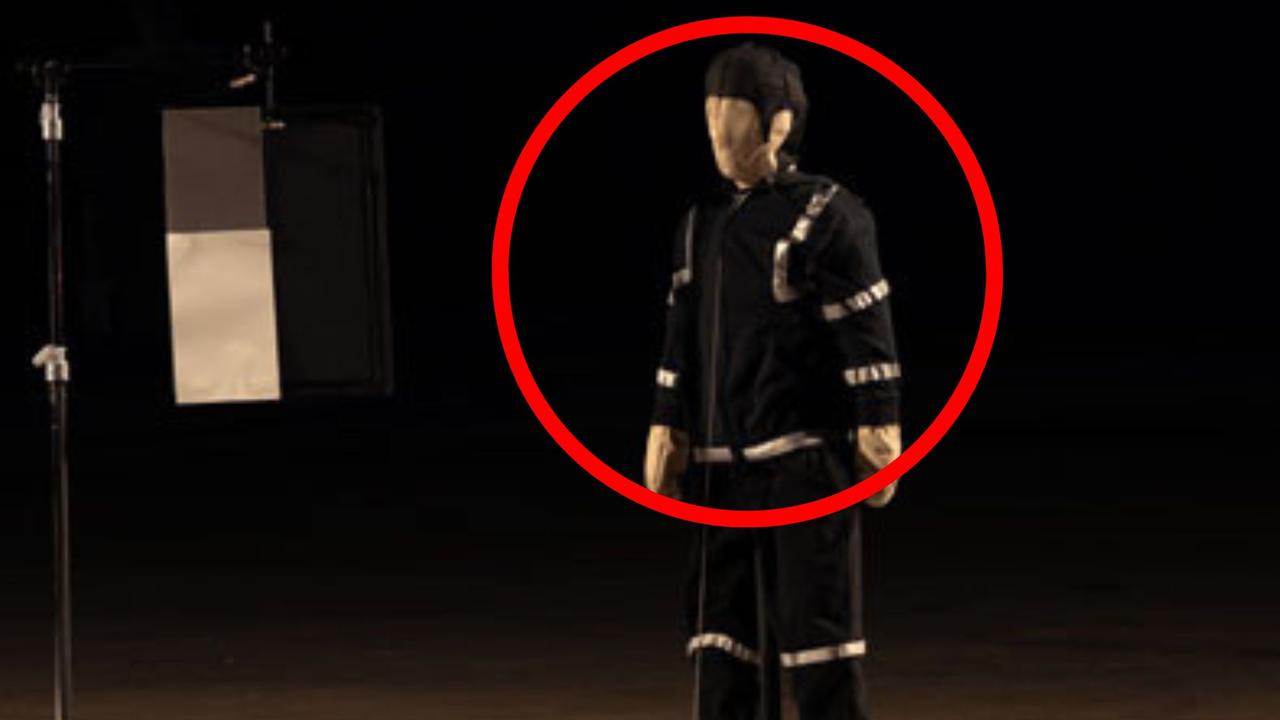Australia’s car market hits record but future looks rocky
Australia had a record year of car sales but panic is taking hold of the industry for several big reasons and China tops the list.

Motoring
Don't miss out on the headlines from Motoring. Followed categories will be added to My News.
Australian new car sales hit a new record in 2024 with more than 1.2 million vehicles delivered to customers.
But 2025 is shaping up to be a rocky year with rising costs, soaring interest rates and new government regulations such as the New Vehicle Efficiency Standard (NVES).
While vehicle sales hit a record high last year, it was a mere 0.3 per cent increase over 2023.
Federal Chamber of Automotive Industries (FCAI) chief executive Tony Weber pointed out that the industry’s momentum began to falter as the year progressed.
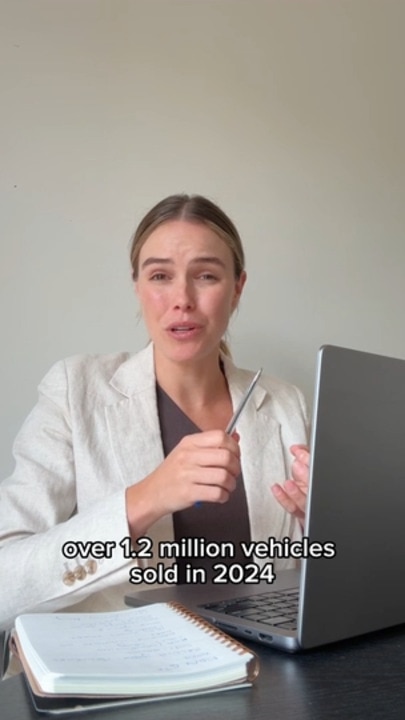
“The second half of the year showed a concerning trend with sales in the private segment falling to very low levels as interest rates and general cost of living pressures impacted Australian families,” Mr Weber said.
The numbers also revealed it’s no longer about the price tag.
MORE: Australia’s favourite new cars revealed
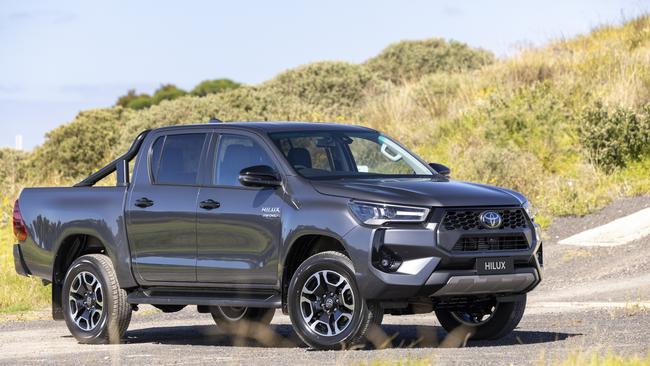
Weber explained consumer priorities are shifting with buyers considering their environmental impact.
“Customers are also increasingly making choices regarding environmental outcomes and the associated total cost of ownership of moving to low emission technologies,” he said.
However, the uptake of electric vehicle (EV) sales isn’t happening fast enough, with EV sales coming in lower than expected.

Despite the significant slow down Cox Automotive Australia corporate affairs manager Mike Costello said the overall volume finished slightly up on 2023.
“Given the significant increase in consumer choice in EV models launched last year, it’s safe to say this wasn’t entirely forecast by many in the industry,” he said.
MORE: All the new cars arriving in 2025
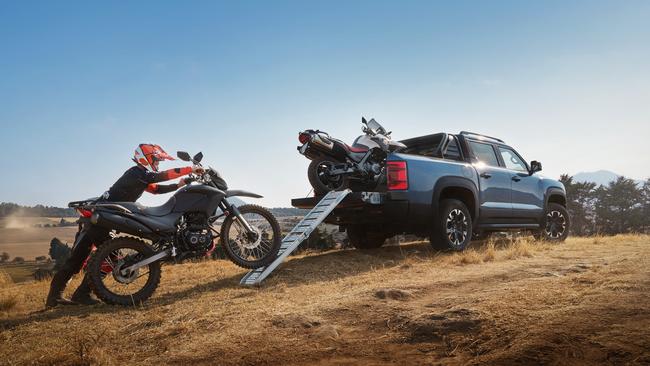
While hybrid and plug-in hybrid vehicles (PHEVs) gained traction, making up 14.1 per cent and 1.9 per cent of the market respectively, Costello believes the shift to hybrids is linked to consumer caution around EVs.
“There are lingering consumer and retailer concerns over EV residual values, charging infrastructure, and battery costs and longevity – some justified, others less so,” he said.
“It also happens that Australian buyers love big 4x4s and utes, neither of which are particularly conducive to full electrification with current technology and infrastructure.”
Therefore, hybrids seem to resonate with buyers wanting to “reduce fuel bills” without drastically “changing driving habits”.
The tax concessions for plug-in hybrids had driven sales but, with the policy ending in April 2025, Costello questioned whether the segment could “cool” off.
However, new models hitting the market may help.
“I would note that there are several PHEV utes hitting the market from Ford, BYD and GWM which should drive volume,” he said.

Picture: FOCKE STRANGMANN / AFP
Australia’s EV problems mirror what’s occurring in the UK and US, where Costello said growth was healthy but slower than expected.
“The growth for EVs will not be linear or exponential in most markets, and we are not yet at the point where every consumer is convinced,” he said.
China is clearly the “dominant force” in EVs and is “far and away the world’s biggest EV market due in large part to government policy”.
Costello said Australia’s newly introduced NVES, which took effect on January 1, 2025, will be a challenge this year.
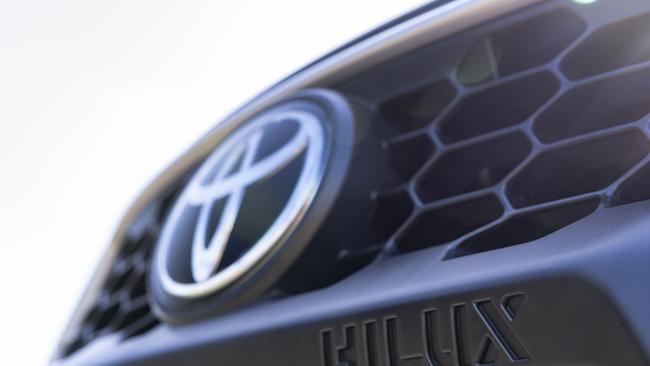
“New Vehicle Efficiency Standard (NVES) will place pressure on brands with a heavy reliance on large SUVs and LCVs, if they can’t offset them with lower-emissions vehicles,” he said.
Mr Weber explained a “continuation of current customer buying preferences” could lead to massive penalties for manufacturers and ultimately drive up new vehicle prices for consumers.
“While overall consumer preferences remain clear with SUVs and Light Commercial vehicles continuing to dominate the market and especially the top ten sales, many vehicles in these segments are either difficult or expensive to decarbonise,” he said.
But the industry is responding to New Vehicle Efficiency Standard (NVES) by increasing the “range of zero and low emission vehicles on offer”.
With increased competition, pressure of tightening regulation and cost of living, Costello believes the market could soften further in 2025.
“2024 was a year of two halves, really. The first half was strong enough to carry the market to a new record, driven in part by back orders, but in the second half of the calendar year sales were consistently softer, indicative of what we expect to see into 2025. Growing inventory, more discounts, and cooling sales,” he said.
“Based on this current situation, there is a reasonable chance that 2025 will not hit the record levels of 2024 in terms of sales. Moreover, there’s good reason to expect discounting will impact the bottom lines of carmakers and their dealers – but it’s good news for customers.”
Originally published as Australia’s car market hits record but future looks rocky



